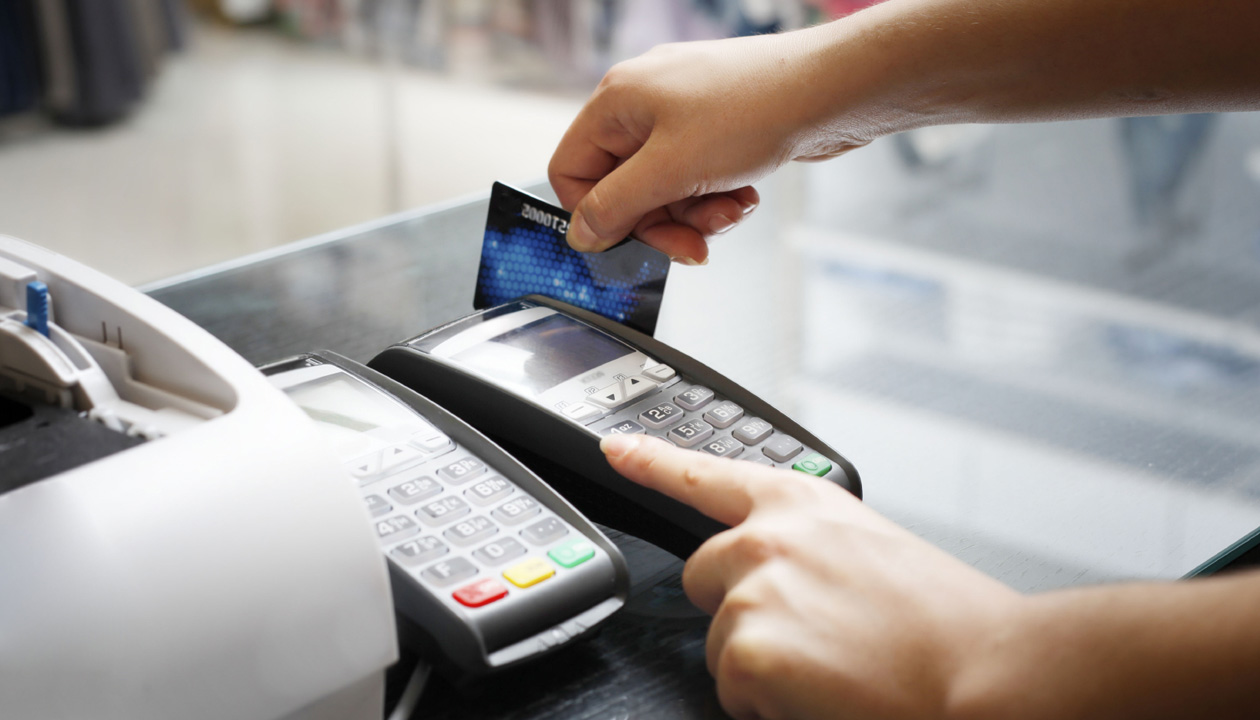Are you running a restaurant or you are just setting up a retail business and you are in need of a merchant account but you are not sure where to start? If yes, then you have come to the right place. Read on to find out everything you need to know concerning getting a merchant account from merchant services provider.
Mapping out the process of setting up a merchant account before you begin will help you a great deal. This is the process you should follow:
Step 1: Be aware of your credit card processing needs
There are very many Restaurant Merchant Services providers out there, but not all of them are best fit for your credit card processing needs. It is your business need that will define what merchant service provider is best for you. Decide on how you will be accepting credit cards first. Decide whether you will be accepting credit cards in-store or online or both. If you want to accept credit cards online, then you should narrow down to online Restaurant Merchant Services providers or ecommerce merchant services only.
Where are you, and where are your customers? Maybe you will need to accept only the popular cards such as Visa, which reports show is the most popular credit card payment method in the United States. Therefore, if your customers are based in the U.S., then you should focus on Visa cards. However, if your customers are spread across the world, then you will have to study their card brands first so you can set up merchant account with the right credit cards for processing transactions.
Step 2: Learn the Merchant services providers market
Evaluate the available options based on your needs to find the perfect match for your business. This means that you must perform needs analysis first. The good thing about conducting a needs analysis is that you get to know exactly those features that you should prioritize.
You might want to include into this process the request for a quote to some top merchant services providers. While this might seem like a tedious task, it is definitely worth the effort as it will help you get to know what to expect from the merchant services providers market.
Step 3: Get your website ready
Too often, most institutions usually require that your website meets a set of the minimum guidelines. Visa, for example, sets out the criteria highlighted below for merchant websites:
- Detailed customer service contact information
- A detailed description of services and goods for sale. This will go down into the granular detail, such as the voltage requirements of the electrical goods. This policy is put in place to avoid refunds because the product cannot be used by a customer
- Your location
- Delivery policy, such as any restrictions if any
- Overview of cancelation and refund policy must be clearly posted on your website
Besides the above listed requirements, your website should also include information regarding when the card of your customer will be charged as well as the security you have put in place to ensure the financial data of your customers is protected.
Step 4: Gather the relevant documentation
You should know what documentation will be needed for setting up the merchant account. For most applications, you will be required to provide social security number or an Employee Identification Number, especially if you are a sole proprietor. You will also need to provide business license. Besides, you may also be required to attach processing statements like the volume of transactions.
Step 5: Submit your application
Now that you know what you need and you have gathered the necessary requirements, you can now proceed and submit your application. Most Restaurant Merchant Services providers will allow you to apply online within just a few minutes. The provider will screen the applications and check issues such as past financial history and judgments and so on. You should disclose any challenge during your application.
Step 6: Prepare for underwriting
During the application, an online Restaurant Merchant Services provider will carefully evaluate your risk because they take on plenty of liability. For instance, chargebacks are basically charged against the provider of merchant services and its partner banks. Therefore, you might be assessed as a high-risk merchant if your history shows high volume of chargebacks.
Step 7: Setting up the merchant account services
After you are approved, they could set you up within a few days. During this time, you will get all the technologies you require to process the credit card payments, from credit card reader to payment gateways.










